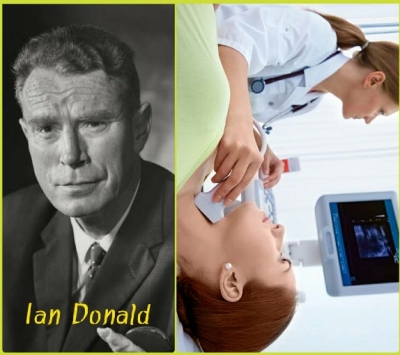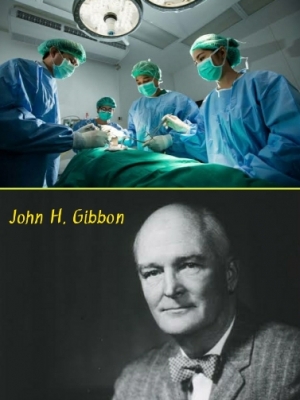What is medical ultrasound?

UItrasonography or ultrasound is the use of high-frequency sound waves to produce images of structures within the body.
These sound waves are inaudible to humans and are produced by the electrical stimulation of a ‘piezoelectric’ crystal. The waves are aimed at a specific part of the body and are reflected back according to changes in tissue density. The relative position of tissues is gauged by an electronic apparatus which forms images that are displayed as ultrasound scans. These scans provide valuable information for diagnosing and treating a variety of diseases and conditions.
The main advantage of the ultrasound is that sound waves are less harmful than X-rays and can be safely used on pregnant women and children.
Ultrasound technology developed as part of echolocation studies beginning in the late 18th century. Austrian neurologist Karl Dussik was the first person to utilize ultrasound for medical purposes. In 1942, he detected brain tumours in a patient using ultrasound.
Ultrasound was introduced in the field of obstetrics in 1958 by English physician Ian Donald. In the 1980’s the Japanese began experimenting with 3D ultrasound. Rapid technological advances in electronics provided further improvements. Today 4D ultrasounds, in which the ultrasound shows movement, are common.
Picture Credit : Google
